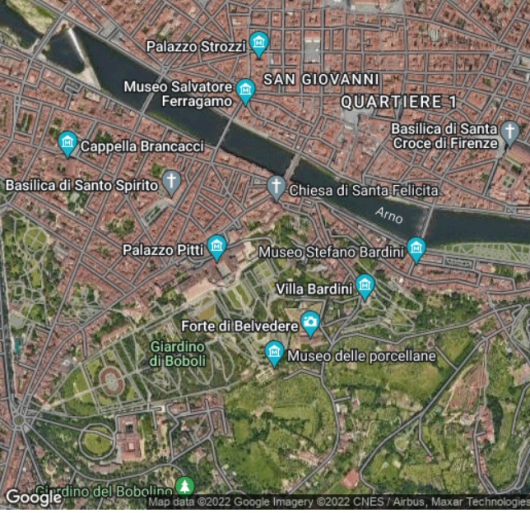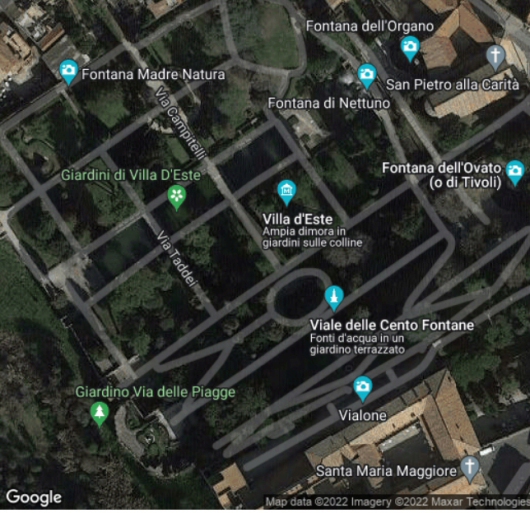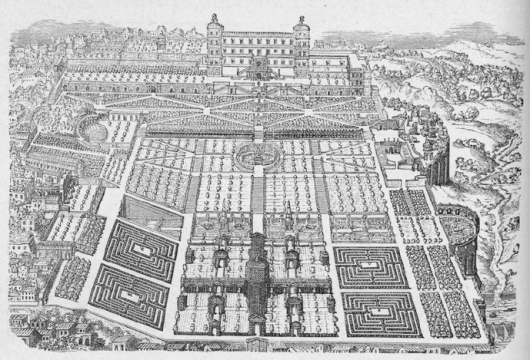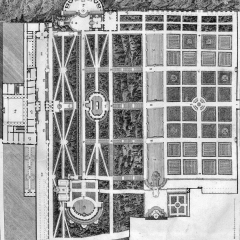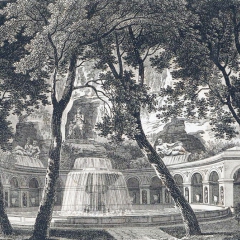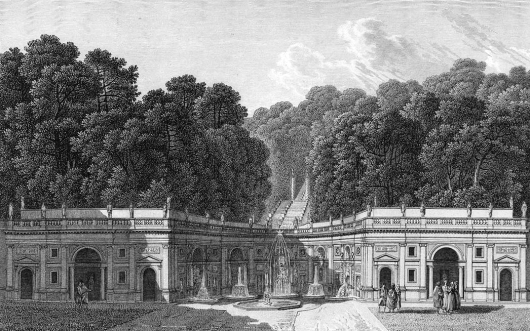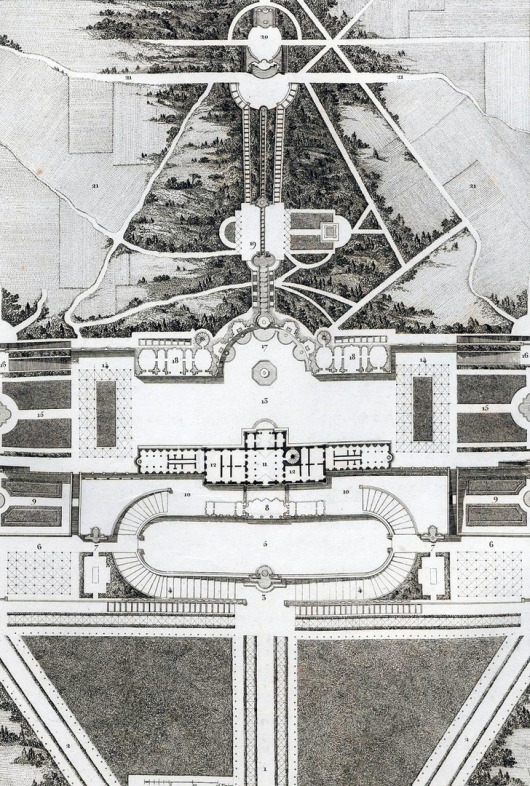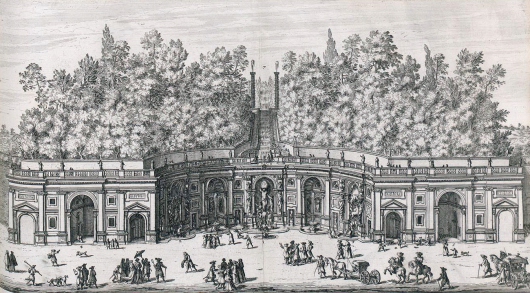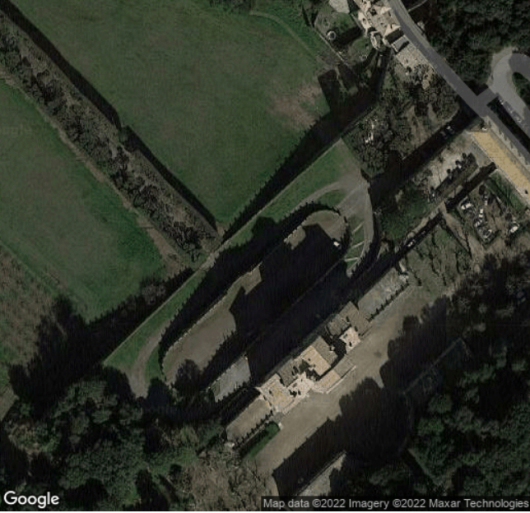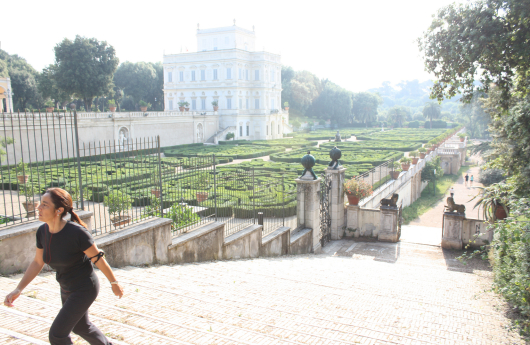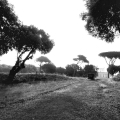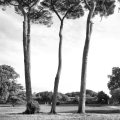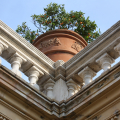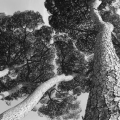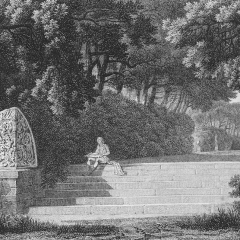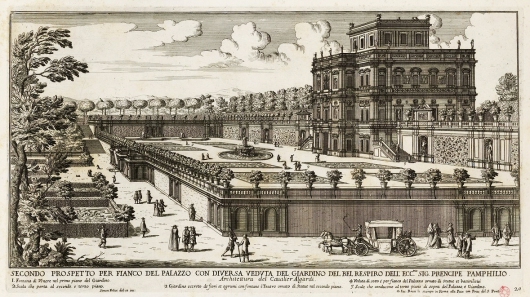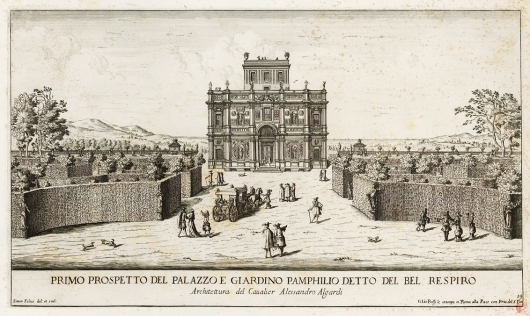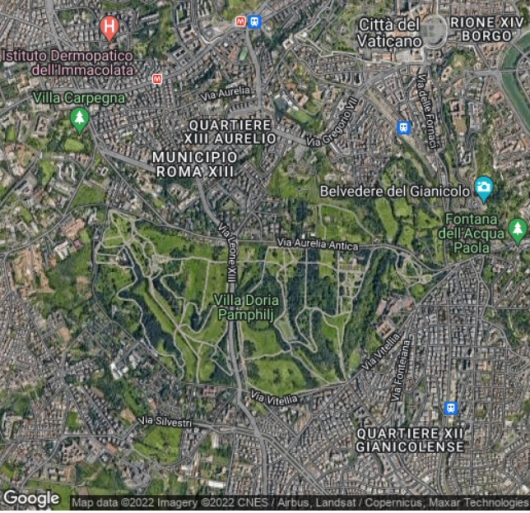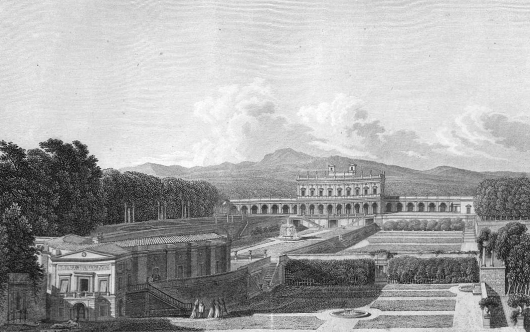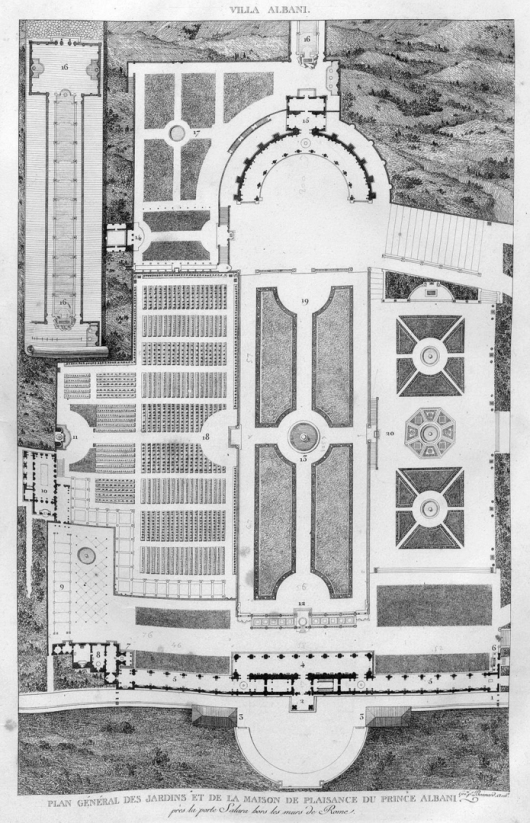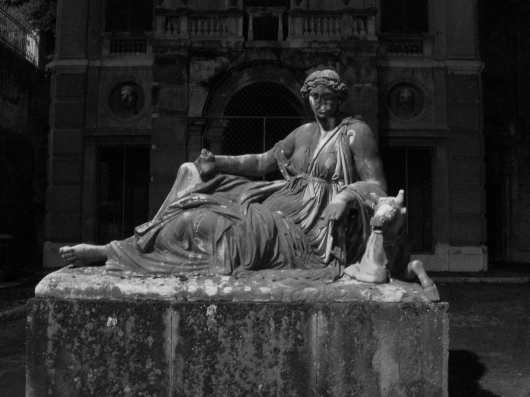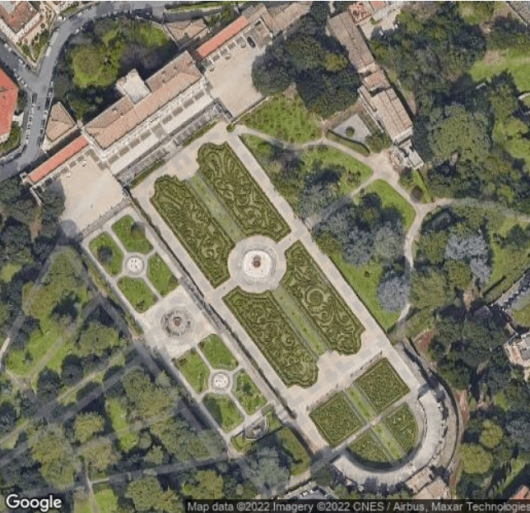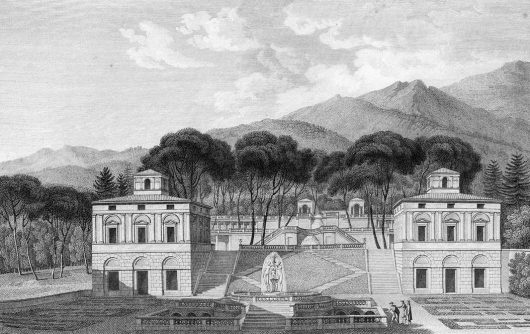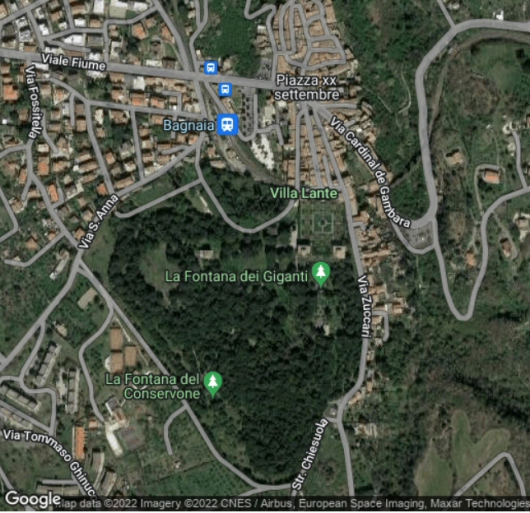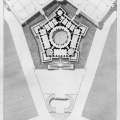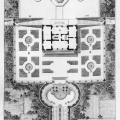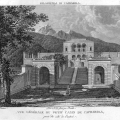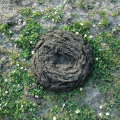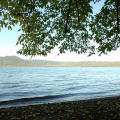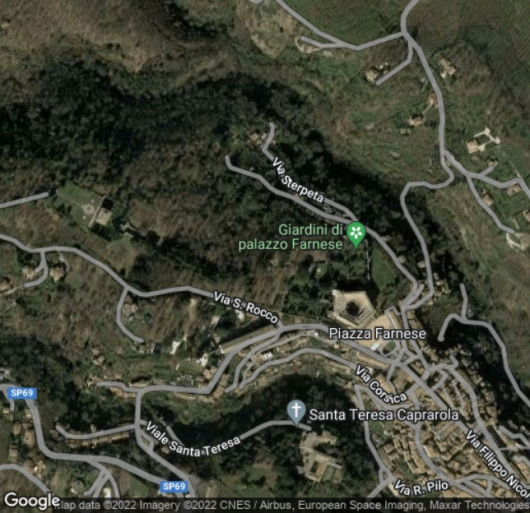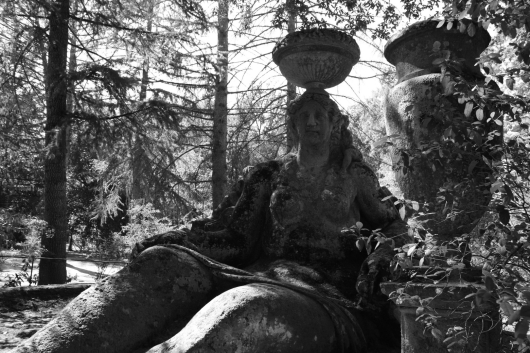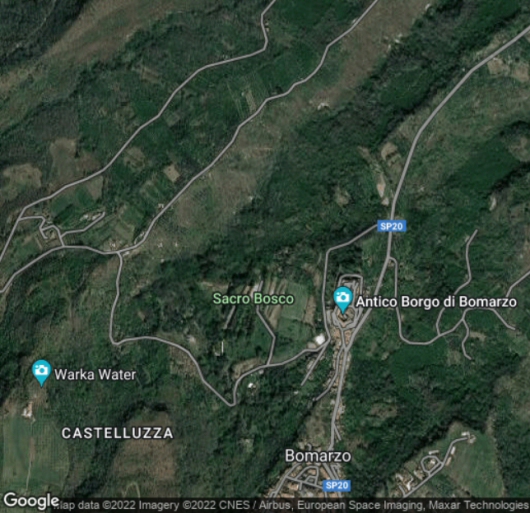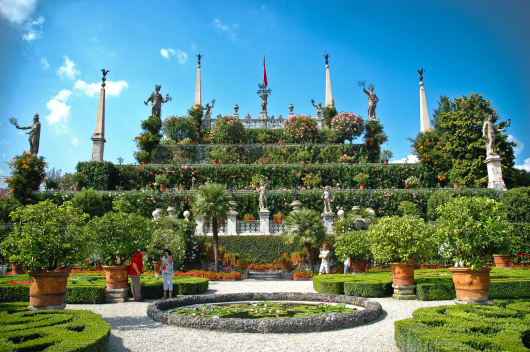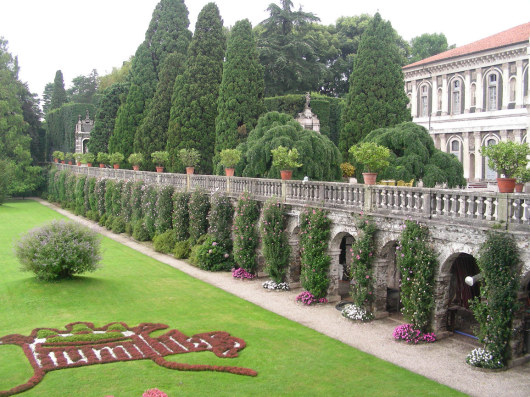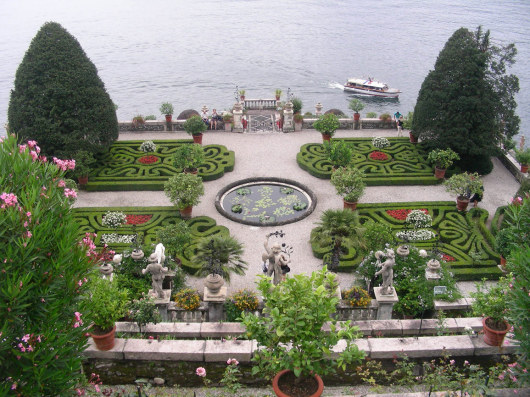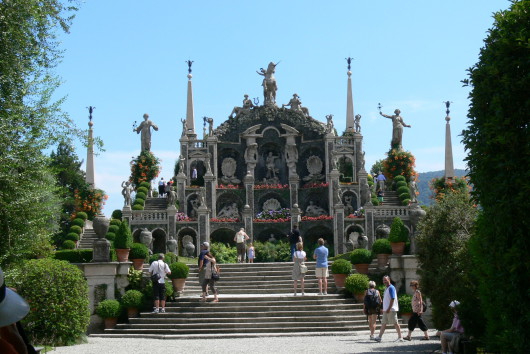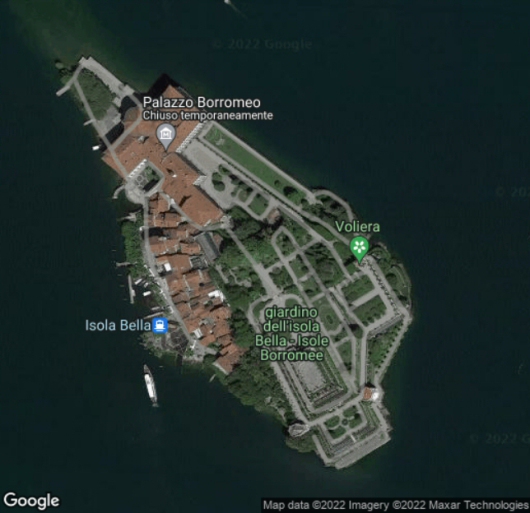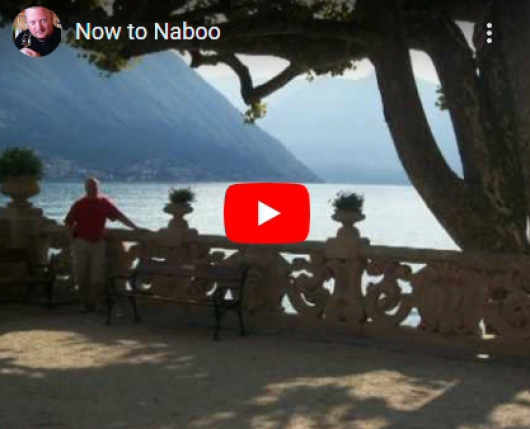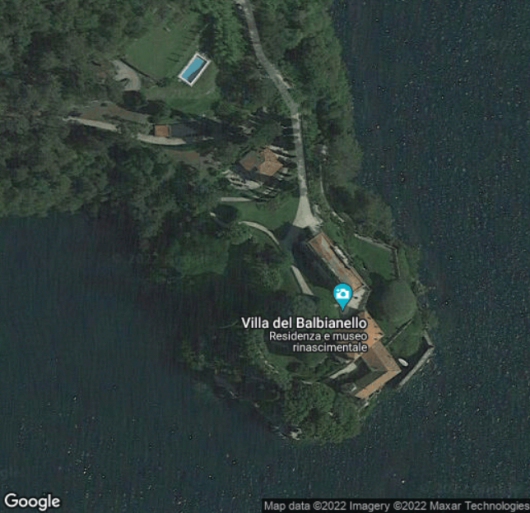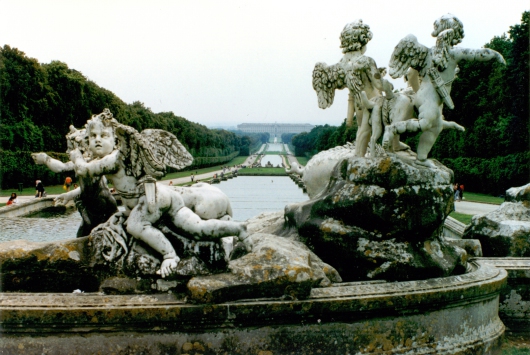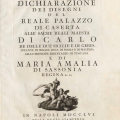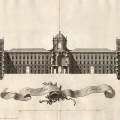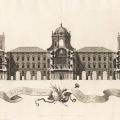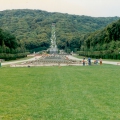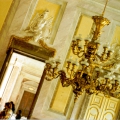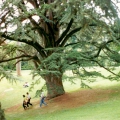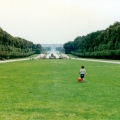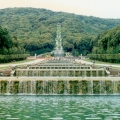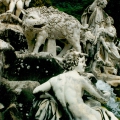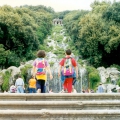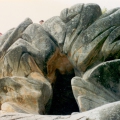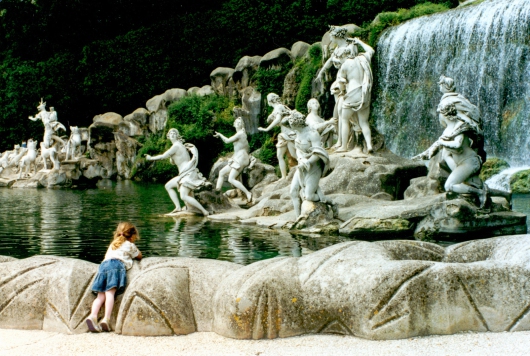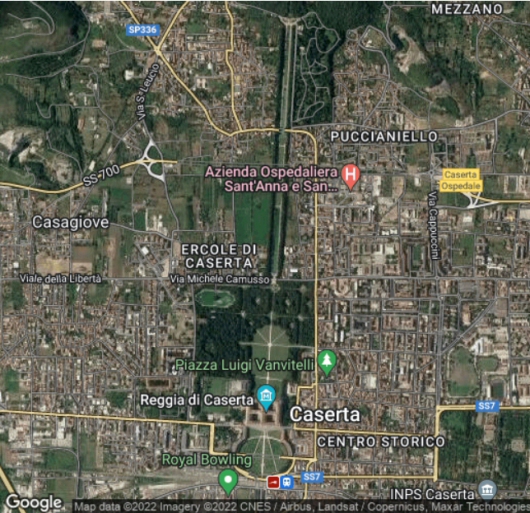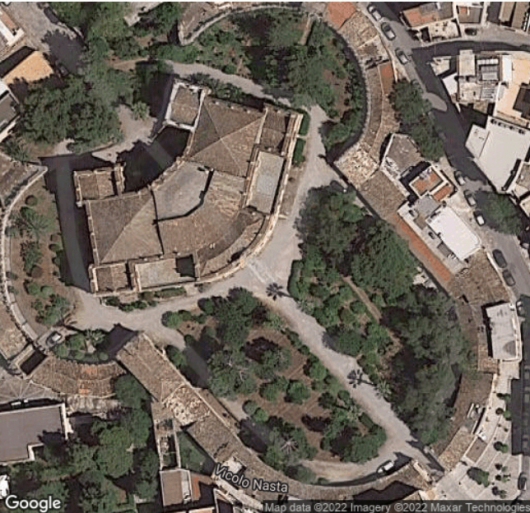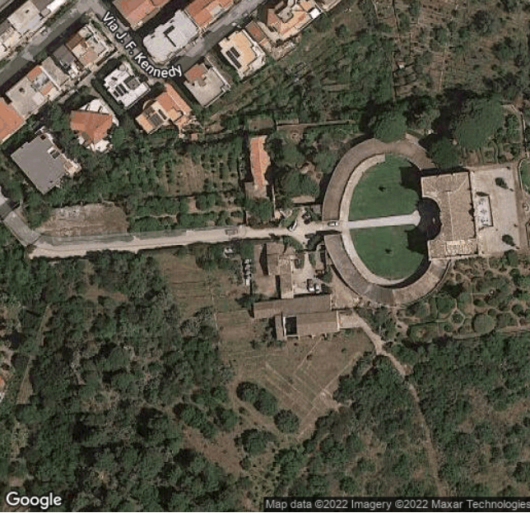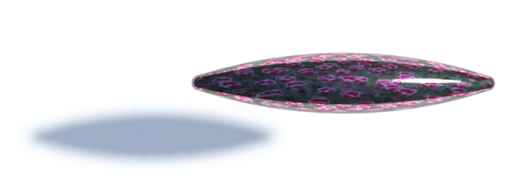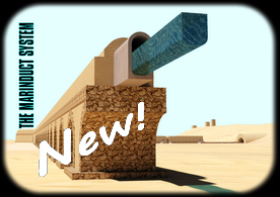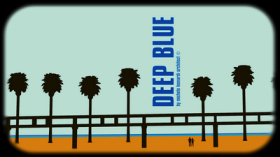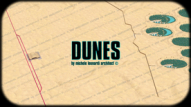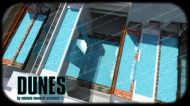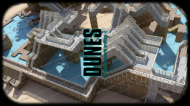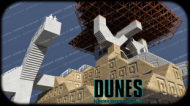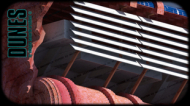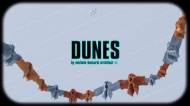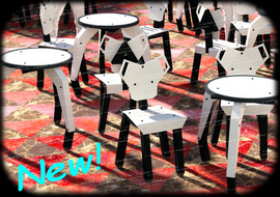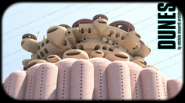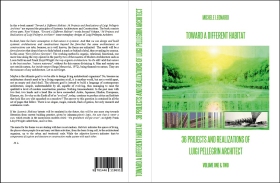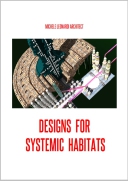Gardens 1
THE ITALIAN GARDEN
Il Giardino di Boboli
in Florence, Italy; 16th century; sculptors and architects: Bartolomeo Ammannati, Giorgio Vasari, Bernardo Buontalenti and others.
More info on Wikipedia: Boboli Gardens.
Villa d'Este
in Tivoli, near Rome, Italy; 16th century, architect: Pirro Ligorio.
More info on Wikipedia: Villa d'Este, Italian Renaissance garden,
Image taken from the book: "L'art des jardins: parcs, jardins, promenades" of Alfred-Auguste Ernouf, year 1886. Source: Bibliothèque nationale de France, website: gallica.bnf.fr .
Images taken from the book: "Le fontane di Roma nelle piazze, e luoghi publici della città, con li loro prospetti, come sono al presente" by G.B. Falda, G.G. Rossi and G.F. Venturini, year 1684. Source: ETH-Bibliothek Zürich, website: e-rara.ch.
"Villa d'Este a Tivoli", photographs by Michele Leonardi.
From the book: "Choix des plus célèbres maisons de plaisance de Rome et de ses environs" by Charles Percier, Paris, France, 1824. Source: ETH-Bibliothek Zürich, website: e-rara.ch.
Villa Aldobrandini
in Frascati, near Rome, Italy; 1598-1621, architects: Giacomo della Porta, Carlo Maderno, Giovanni Fontana. More info on Wikipedia: Villa Aldobrandini.
From the book: "Choix des plus célèbres maisons de plaisance de Rome et de ses environs" by Charles Percier, Paris, France, 1824. Source: ETH-Bibliothek Zürich, website: e-rara.ch.
Plan taken from the book: "Choix des plus célèbres maisons de plaisance de Rome et de ses environs" by Charles Percier, Paris, France, 1824. Source: ETH-Bibliothek Zürich, website: e-rara.ch.
Picture taken from the book: "Le fontane di Roma nelle piazze, e luoghi publici della città, con li loro prospetti, come sono al presente" by G.B. Falda, G.G. Rossi and G.F. Venturini, year 1684. Source: ETH-Bibliothek Zürich, website: e-rara.ch.
Villa Doria Pamphilj
in Rome, Italy; c. 1644, Alessandro Algardi architect
(the "Casino del Bel Respiro" Palace or "Villino Algardi").
More info on Wikipedia: Villa Doria Pamphilj.
"Roma, Villa Doria Pamphilji", photographs by Michele Leonardi.
Charles Percier: "Choix des plus célèbres maisons de plaisance de Rome et de ses environs", Paris, France, 1824. Source: ETH-Bibliothek Zürich, website: e-rara.ch.
Giovanni Giacomo de Rossi (16XX-1691): "Li giardini de Roma, con le loro piante, alzate e vedute in prospettiva, disegnate ed intagliate da Gio. Battista Falda [e Simon Felice]. Nuovamente dati alle stampe, con direttione...", estampe. ca 1683. Source: Bibliothèque nationale de France, website: gallica.bnf.fr .
Villa Albani
in Rome, Italy; c. 1758, Carlo Marchionni architect.
More info on Wikipedia: Villa Albani.
From the book: "Choix des plus célèbres maisons de plaisance de Rome et de ses environs" by Charles Percier, Paris, France, 1824. Source: ETH-Bibliothek Zürich, website: e-rara.ch.
"Roma di notte: a Villa Albani", photograph by Michele Leonardi.
Villa Lante
in Bagnaia, near Viterbo, Italy; Jacopo Barozzi da Vignola architect, 1511-1566.
More info on Wikipedia: Villa Lante.
From the book: "Choix des plus célèbres maisons de plaisance de Rome et de ses environs" by Charles Percier, Paris, France, 1824. Source: ETH-Bibliothek Zürich, website: e-rara.ch.
Villa Farnese
in Caprarola, near Viterbo, Italy; 1559-1575; architects: Jacopo Barozzi da Vignola, Antonio da Sangallo il Giovane, Baldassarre Peruzzi.
More info on Wikipedia: Palazzo Farnese and the Secret Garden.
From the book: "Choix des plus célèbres maisons de plaisance de Rome et de ses environs" by Charles Percier, Paris, France, 1824. Source: ETH-Bibliothek Zürich, website: e-rara.ch.
In the Secret Garden of Villa Farnese, Caprarola, near Lake Vico. Photographs by Michele Leonardi.
"Park of the Monsters"
near Bomarzo, VIterbo, Italy; 16th century, by Pirro Ligorio architect.
More info on Wikipedia: The Sacred Grove.
"A Bomarzo", photograph by Michele Leonardi.
L'Isola Bella
Isola Bella, Stresa, Lake Maggiore, Italy; 1632-1652; architects: Giovanni Angelo Crivelli, Carlo Fontana and others. More info on Wikipedia: L'Isola Bella.
"Lato sud della piramide", photograph by Danilseveryanov. Source: Wikipedia.
"Giardino privato", photograph by MM. Source: Wikipedia.
"Giardino quadro", photograph by MM. Source: Wikipedia.
"Teatro massimo", il ninfeo del giardino barocco sull'Isola Bella; photograph by Wolfgang Sauber. Source: Wikipedia.
La Villa del Balbianello
Lenno, Lake Como, Italy; 1787.
More info on Wikipedia: La Villa del Balbianello.
"Now to Naboo": Find all the Naboo locations at the Villa del Balbianello used by George Lucas in "Attack of the Clones". Video by Marc Dermul..
The Royal Palace of Caserta
Caserta, Italy; 1752-1842; architects: Luigi Vanvitelli, Carlo Vanvitelli.
More info on Wikipedia: Reggia di Caserta.
"Alla Reggia di Caserta", photograph by Michele Leonardi.
Luigi Vanvitelli, architect: "Dichiarazione dei disegni del Reale Palazzo di Caserta", Naples, Italy, 1756. Source: ETH-Bibliothek Zürich, website: e-rara.ch.
"Alla Reggia di Caserta", photographs by Michele Leonardi.
"La fontana dell'eterna giovinezza", photograph by Michele Leonardi.
Villa Palagonia
in Bagheria, near Palermo, Italy; 1715-1737, Tommaso Maria Napoli architect.
More info on Wikipedia: "The Villa of Monsters".
Villa Valguarnera
in Bagheria, near Palermo, Italy; c. 1712, architect: Tommaso Maria Napoli.
More info on Wikipedia: Villa Valguarnera.
BIBLIOGRAPHY
- Peter Murray: "The Architecture of the Italian Renaissance", Schocken Books Publisher, New York City, NY, USA, 1997.
A classic guide to one of the most pivotal periods in art and architectural history, "The Architecture of the Italian Renaissance" remains the most lucid and comprehensive volume available. From Leonardo, Raphael, Michelangelo, Palladio, and Brunelleschi to St. Peter's in Rome, the palaces of Venice, and the Medici Chapel in Florence, Peter Murray's lavishly illustrated book tells readers everything they need to know about the architectural life of Italy from the thirteenth through the sixteenth centuries.
Peter Murray, a painter and art historian, was a professor of art history at Birkbeck College, University of London, and the author of many books, including "Dictionary of Art and Artists".
- Rudolf Wittkower: "Architectural Principles in the Age of Humanism", Academy Press; Cambridge, MA, USA, 1998.
Rudolf Wittkower Architectural Principles in the Age of Humanism 'Scores have profited from, and been inspired by, Architectural Principles in the Age of Humanism and its lesson of the importance of consistent modular relations. No other book on the subject of architectural history written by scholars of his generation has had such a creative effect on men in practice.' Nikolaus Pevsner, Foreword to Art and Architecture in Italy 'Professor Wittkower's mind is not only inquiring but immensely well stored and tenacious. His studies of humanist architecture are masterpieces of scholarship.' Sir Kenneth Clark, Architectural Review 'To say that this is the best study of Italian Renaissance architecture in English is faint praise.' John Coolidge, Magazine of Art Since its original publication in 1949, Architectural Principles in the Age of Humanism has acquired the status of a classic, having brought to light, through exemplary scholarship, the connections between the architecture and the culture of the Renaissance. Focusing on the work of the main Renaissance architects from Alberti to Palladio, Rudolf Wittkower has produced definitive explanations of the true significance of certain architecture forms, and has at the same time revealed the limitations of a purely aesthetic theory of Renaissance architecture. This fifth edition of Architectural Principles in the Age of Humanism, intended to mark the fiftieth anniversary of the publication of the book, integrates the illustrations with the text and includes an edited selection of lectures on Proportion by Professor Wittkower.
- Giovanni Battista Falda, Giovanni Giacomo Rossi and Giovanni Francesco Venturini: "Le fontane di Roma nelle piazze, e luoghi publici della città, con li loro prospetti, come sono al presente", Rome, Italy, 1684.
- Luigi Vanvitelli: "Dichiarazione dei disegni del Reale Palazzo di Caserta", Naples, Italy, 1756.
- Giovanni Battista Falda, (U. Salwa cur.): "Li giardini di Roma. Con le loro piante alzate e vedute in prospettiva disegnate ed intagliate da Giovan Battista Falda", illustrated, Italian text, Intra Moenia, Napoli, Italy, 2018.
- Alfred-Auguste Ernouf: "L'art des jardins: parcs, jardins, promenades", Rothschild Éditeur, Paris, France, 1886.
- Monique Mosser and Georges Teyssot: "The Architecture of Western Gardens: A Design History from the Renaissance to the Present Day", 544 pages, The MIT Press, Massachusetts Institute of Technology, Cambridge, MA, U.S.A., 1991.
The Architecture of Western Gardens presents an international tour of garden design from the Renaissance to the present. As object and as literature, it is a sumptuous and unprecedented resource. The more than seventy essays by scholars from Europe and America all commissioned for this book - and over 650 illustrations raise the standard of garden literature to a new level. The result is an invaluable compendium that will serve as a fundamental starting point for exploring the many expressions of the place where nature and culture, project and diversion, work and pleasure meet. Organized chronologically, the essays and illustrations make up a mosaic of the garden in the Western world. The humanist garden in Renaissance Italy, the concepts of the "Sublime" and the "Picturesque," mazes, grottoes, and other curiosities, city parks, American land art, and even Disneyland are among the topics treated. Discussions of characteristic aspects of history and theory are followed by analyses of individual gardens as paradigms of their type: the Hortus Palatinus in Heidelberg, the Parc Monceau in Paris, the Park Güell in Barcelona, Stowe in England, and many more. The illustrations are a model of how iconography can function as text. They include ground plans meticulously redrawn from original archival material to provide precise information on the scale and nature of many of the projects, as well as a wealth of drawings, reconstructions, paintings, and photographs.

